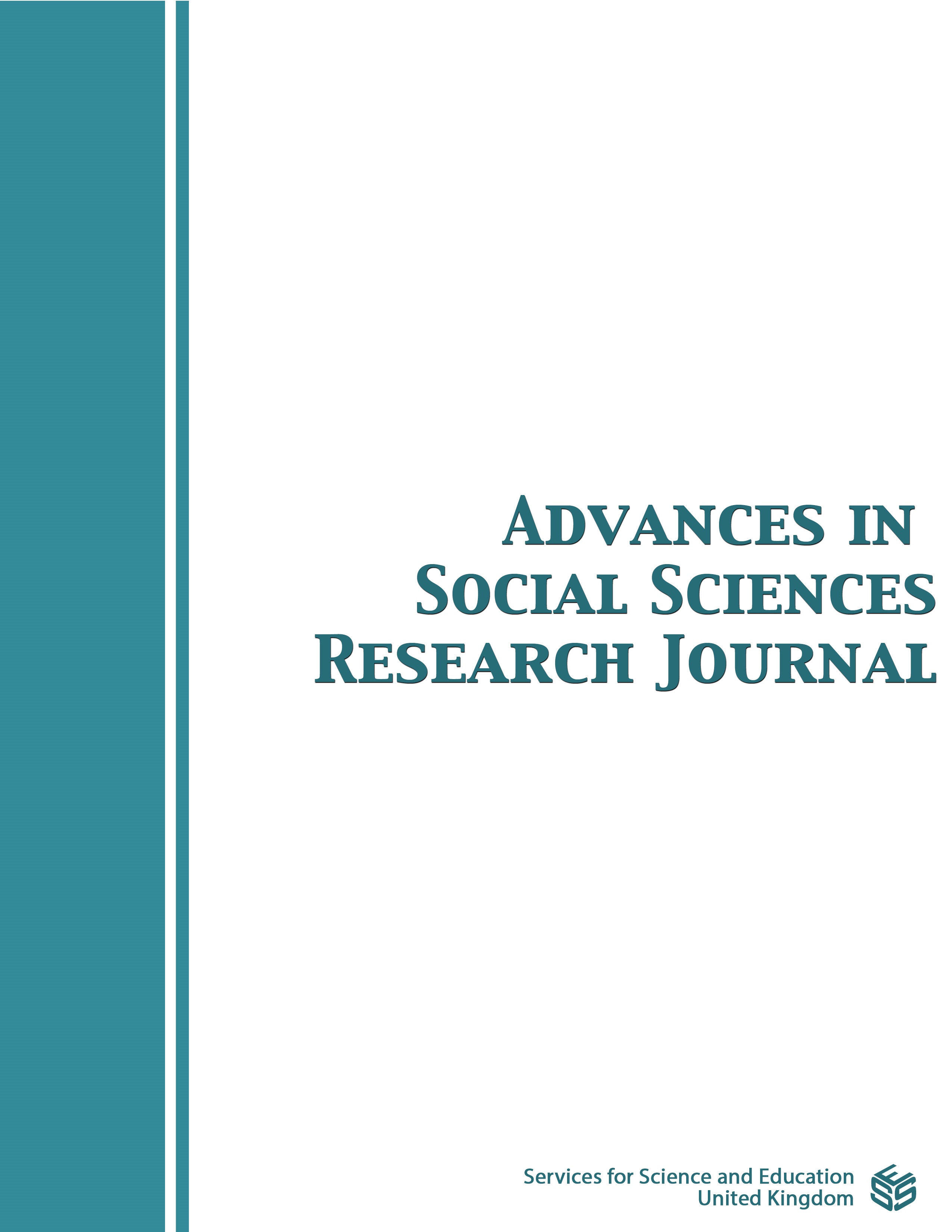Acquisition – Digitization – Edition: Reflections on the Premodern "Policey" Corpus
DOI:
https://doi.org/10.14738/assrj.910.13272Keywords:
digitalization, documents, editions, public orders, norms, „gute Policey“, regional sources, Southern GermanyAbstract
The rapid progress in the digitization of early modern sources on an international level in recent decades has fundamentally improved the conditions for historical research. Whereas expensive and time-consuming archival and library studies used to limit the scope of some research projects, long-term editorial projects can now increasingly be tackled from the comfort of one's home. This also applies to the source genre of the “good” Policey. How did it come into being? In the Holy Roman Empire of the German Nation and its regions, institutions and chancelleries, councils and rulers relied on a form of conveying general standards of value that had been drafted in ancient times, was born in the Middle Ages and matured in the early modern period. This legislation was comprehensively designed before the nation-building of the 19th century. As early modern Policey, it was divided into “ordinationes speciales”, “imperiales” and “provinciales”. (1) The first group included dress and luxury ordinances; church and Sunday protection; bans for beer, wine and spirits; hunting, building, market, inn, health, mourning or marriage regulations as well as gambling and lottery bans. (2) The second group consisted of provincial and imperial ordinances, and (3) the third category included territorial, town, market, forest and village ordinances. Edition projects, such as those presented for the University of Erlangen-Nuremberg in southern Germany, are increasingly, but by no means exclusively, based on digitized Policey specifications.
Downloads
Published
How to Cite
Issue
Section
License
Copyright (c) 2022 Wolfgang Wüst

This work is licensed under a Creative Commons Attribution 4.0 International License.
Authors wishing to include figures, tables, or text passages that have already been published elsewhere are required to obtain permission from the copyright owner(s) for both the print and online format and to include evidence that such permission has been granted when submitting their papers. Any material received without such evidence will be assumed to originate from the authors.






